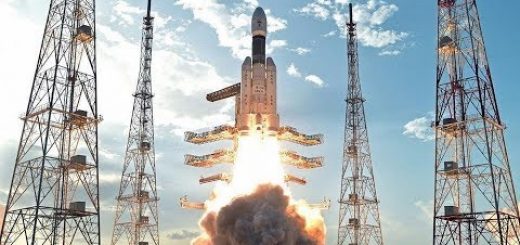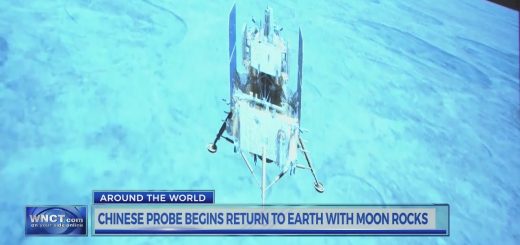Back To The Moon
– “For You To Enjoy And Share With Friends” –
In 2004 George Bush virtually committed the US to go back to the Moon and colonize it. The technologies and simulations are already being built and trialled here on Earth. It is hoped that the natural resources of the Moon could be used to sustain life. A scientist has managed to extract water from Moon dust and from water hydrogen and oxygen can be extracted. What this means is that a future Moon colony may not have to rely on resources from Earth to survive.
In the original plan it was hoped the the Orion spacecraft will be able to conduct its first human spaceflight by 2014 and crewed missions to the Moon would happen by 2020.

Lunar Outpost: The Challenges of Establishing a Human Settlement on the Moon (Springer Praxis Books / Space Exploration)
Old Price: $34.95
Price: $9.99














The Vision for Space Exploration is the United States space policy announced on January 14, 2004 by U.S. President George W. Bush. It is seen as a response to the Space Shuttle Columbia disaster, the state of human spaceflight at NASA, and a way to regain public enthusiasm for space exploration.
The Vision calls for the space program to:
Complete the International Space Station by 2010
Retire the Space Shuttle by 2010
Develop the Orion spacecraft (formerly known as the Crew Exploration Vehicle) by 2008, and conduct its first human spaceflight mission by 2014
Develop Shuttle Derived Launch Vehicles
Explore the Moon with robotic spacecraft missions by 2008 and crewed missions by 2020
Explore Mars and other destinations with robotic and crewed missions
When the Vision was announced in January 2004, the U.S. Congress and the scientific community gave it a mix of positive and negative reviews. For example, Rep. Dave Weldon (R-Fla.) said, “I think this is the best thing that has happened to the space program in decades,” while physicist and outspoken manned spaceflight opponent Robert L. Park said that robotic spacecraft “are doing so well it’s going to be hard to justify sending a human.”
Others, such as the Mars Society have argued that it makes more sense to avoid going back to the Moon and instead focus on going to Mars first.
In a position paper issued by the National Space Society (NSS), a return to the Moon should be considered a high space program priority, in order to begin development of the knowledge and identification of the industries unique to the Moon. The NSS believes that the Moon may be a repository of the history and possible future of our planet, and that the six Apollo landings only scratched the surface of that treasure.
According to NSS, the Moon’s far side, permanently shielded from the noisy Earth, is an ideal site for future radio astronomy. Unique products may be producible in the nearly limitless extreme vacuum of the lunar surface, and the Moon’s remoteness is the ultimate isolation for biologically hazardous experiments.
Lunar resources include most if not all raw materials available on Earth. The Moon can serve as a proving ground for a wide range of space operations and processes, including developments toward In-Situ Resource Utilization or “living off the land” (i.e., self-sufficiency) for permanent human outposts. This has various benefits.
Initial return missions as recently proposed by the U.S. President and NASA can be done through space operations using the existing launch infrastructure and assets developed by the shuttle and International Space Station programs, plus existing expendable launch vehicles, with a minimum of new research and development programs. The lessons learned from international cooperation during ISS construction and operations can be improved upon and extended to human missions to the Moon, Mars and elsewhere.
Initial missions could place scientific equipment on the Moon and return samples from areas never explored, such as the polar regions. Extent of water and other volatiles important to lunar industrialization could be determined. As future reusable launch systems begin operations, reducing cost and enabling higher flight rates, Earth-Moon traffic can become routine. With humans on the Moon again, NASA’s space activities would take on new vigor and public interest.
Throughout much of 2004, it was unclear whether the U.S. Congress would be willing to approve and fund the Vision for Space Exploration. However, in November 2004, Congress passed an omnibus spending bill which gave NASA the $16.2 billion that President Bush had sought to kick-start the Vision. According to then-NASA chief Sean O’Keefe, that spending bill “was as strong an endorsement [of the space exploration vision] as any of us could have imagined.” In 2005, Congress passed S.1281, the NASA Authorization act of 2005, which explicitly endorses the Vision.
The current NASA Administrator, Michael Griffin, who took office in April 2005, is a big supporter of the Vision, but has also modified it somewhat, saying that he wants to reduce the four year gap between the retirement of the Space Shuttle and the first manned mission of the Crew Exploration Vehicle.
Category: